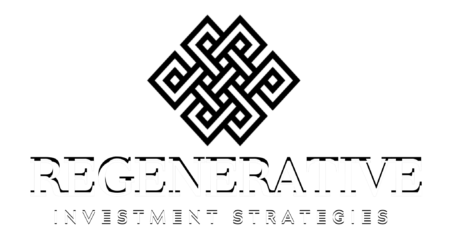Happy International Women’s Day. Today is an opportunity to speak with a more personal than corporate voice.
Those who know me or read what I publish know that I am a champion of engagement over detachment on issues of consequence in business, society and the environment. I understand and embrace the motivations behind a day without women, but I worry that the lasting positive impact will not be sufficient to offset the lost wages and other difficulties women will face making it happen. How do we help sustain the positive impact of a day of direct action beyond tomorrow morning’s headlines?
I am asking my fellow Y-chromosomes to be advocates for gender equality and inclusiveness, and women to take the opportunities that a day like today creates to engage with men, or frankly anyone in a position of privilege and power. Catalyst puts out an excellent resource guide that can help foster this type of engagement that I recommend reading and sharing. We should not need a day or a month on the calendar to be aware and engaged on matters of gender equality and diversity but we have it so we should use it for maximum impact. Give people the tools and language to start effecting durable change:

